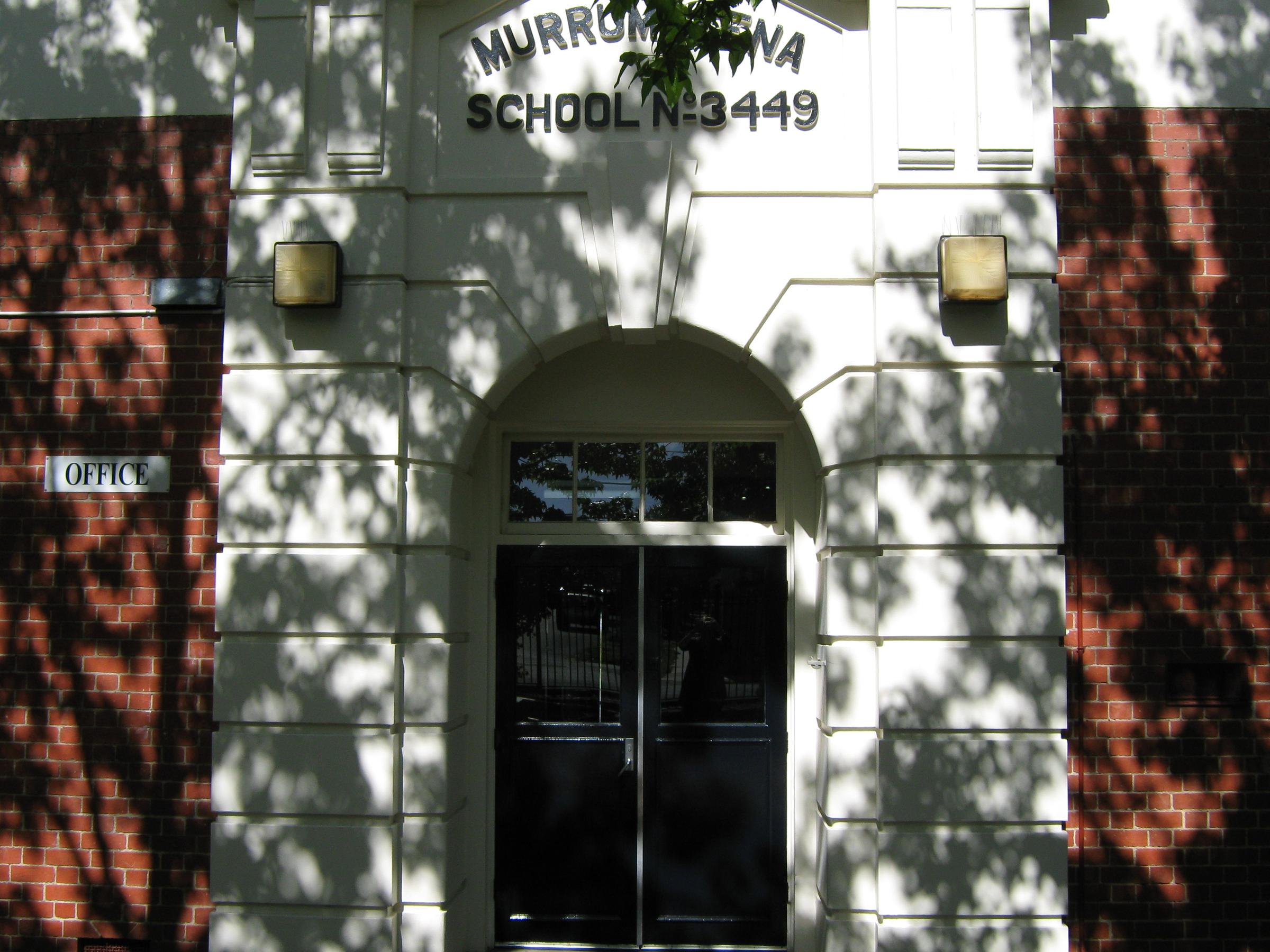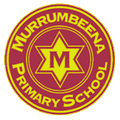From the Principal

Families and friends of Murrumbeena Primary School
Last week, Mrs Sewell and I attended the statewide Principal’s Conference where updates regarding the Education Department priorities were shared through a wide range of speakers. There are numerous initiatives introduced to schools this year with the expectation that school staff undertake professional learning so priorities are fully implemented over the next few years. Key areas include:
- A new Victorian Curriculum – English and Maths to be implemented this year.
- A new Victorian Teaching and Learning Model (VTLM 2.0)
- Victoria’s approach to teaching reading F-2
- Victoria’s approach to teaching Mathematics
- Positive Classroom Management Strategies: The PCMS consist of 8 evidence-informed instructional practices designed to create safer, purposeful learning environments.
I thought I’d take this moment to share with our school community just three of the Education Department priorities with a summary of how our school is progressing with its implementation.
Victoria’s approach to teaching reading F -2
In Victoria, the teaching of reading in Foundation to Year 2 is grounded in a structured literacy approach, which prioritises the development of strong decoding skills and incorporates the “Big 6” components of reading. This includes daily, explicit phonics instruction using a systematic synthetic phonics method, alongside key areas such as oral language, phonemic awareness, vocabulary, fluency, and comprehension.
At our school, we have been delivering a structured phonics program (MSL) in Prep to Year 2 for the past four years. We are now extending our focus by auditing our reading program across three stages—F–2, Years 3–4, and Years 5–6—to strengthen vocabulary and fluency, which are essential for deep reading comprehension.
Victorian Teaching and learning Model 2.0
The revised Victorian Teaching and Learning Model (VTLM 2.0) is based on the latest evidence about how students learn best and what teaching practices lead to strong outcomes for all learners. At its core is explicit teaching, supported by a safe, positive, and engaging learning environment. The model also draws on cognitive load theory, the science of learning, and key instructional principles to help students learn in clear, effective, and manageable ways.
Here at MPS we are now in our third year of implementing visible learning practices so our students can articulate what they are learning (learning intention), how they are going and where to next (derived from the success criteria) and which learner profile attribute (or disposition) they are practicing as learners. This focus means teachers plan lessons to activate students’ background knowledge (what they already know) and to build onto that understanding in small sequential ways. The focus of the lesson is explicit providing students with multiple opportunities to engage in the content and practice at their challenge level.
Victoria’s approach to teaching Mathematics
At our school, mathematics lessons are carefully structured to build understanding through clear learning objectives, small-step explanations, and effective modelling. We focus on developing students' reasoning, flexibility, and ability to make connections by revisiting key concepts and practising essential facts until they can be recalled automatically. This allows students to apply their learning to more complex problem solving without becoming overloaded.
We have been working with Di Liddell from The Mathematical Association of Victoria to organise and teach the ‘Big Ideas’ (core mathematical concepts: eg. place value, multiplicative thinking, counting etc). When planning our lessons we are assisting students to make connections with what they already know, model how the concept is applied in different contexts, we teach multiple strategies and represent concepts in different ways and encourage students to use mathematical vocabulary to explain their reasoning. I’m sure parents can already see how the teaching and learning of maths is vastly different to what it was when we were students at school.
SEMESTER REPORTS
Twice a year, parents and carers receive a semester report which indicates your child’s achievement with a ‘progression point’. This progression point score is used from Foundation to Year 10 to track student achievement and growth along the learning continuum in 0.5 increments between the standard achievement levels (e.g. 3.0, 3.5, 4.0).
In addition to a progression point for each of the curriculum areas taught in the semester, teachers provide a description of the core concepts developed through the units of inquiry. A general comment is also written which provides an overall summary of a student's progress, effort, and attitude across all learning areas. It often includes observations about the student's personal and social development, work habits, classroom behaviour, and engagement in school life.
PARENT FEEDBACK AND THE COMPASS CONTINUUM
In the past, our teachers provided written comments for all subject areas; however, this was extremely time-consuming, and many parents felt that by the time reports were distributed, the information was already outdated. Families also expressed a desire for a more detailed insight into what their child can do and what they are still developing. In response, we began using the Continuum feature on Compass to provide more timely and specific updates.
This year, we’ve made significant updates to the Continuum to align with the new Victorian Curriculum. Some descriptors have been removed, others updated, and new ones added across progressions. As teachers deliver the updated curriculum, they will continue to update student records accordingly.
When semester reports are released, we will also provide families with clear instructions on how to access and interpret their child’s learning progress via the Compass Continuum. The Continuum is a feature that’s ‘opened’ for parent perusal at the end of each term and ‘closed’ again when teachers continue recording progress at the commencement of the next term.
YEAR 6 MARKET DAY
Congratulations to our Year 6 students on running a highly successful Market Day! As part of their How We Organise Ourselves unit, which incorporates the Economics and Business curriculum, students explored concepts such as supply and demand, budgeting, marketing, and measuring success through profit and loss.
A big thank you to the Year 6 parents and carers for your invaluable support—we know how much the students relied on your help. Thank you also to all the customers who visited the stalls. Funds raised will go towards reducing the cost of the Year 6 graduation for all students.
STAFFING CHANGES
We’d like to take this opportunity to wish Laura Bainbridge all the very best as she commences maternity leave this Friday. Miss Bainbridge is a dedicated teacher who assists not only her year 4 class but also overseas digital literacies and cybersafe practices across the school. We know that her Year 4 students although sad to see her leave, are looking forward to welcoming her new baby.
We welcome back from her family leave, Mrs Maxine Riley who will be teaching the year 4 class. The students are very fortunate that the timing of the family leave means they enjoy two fabulous teachers.
Chellee Plumb
